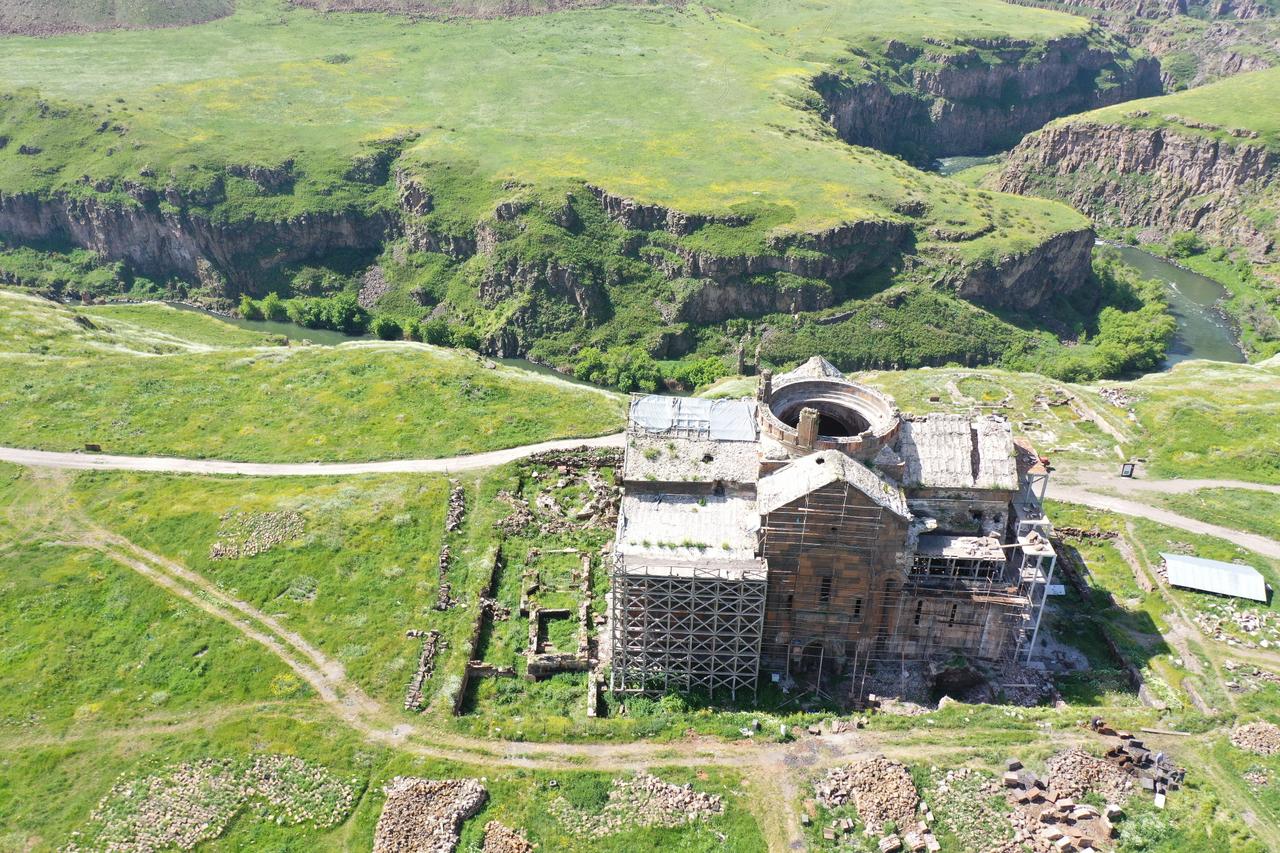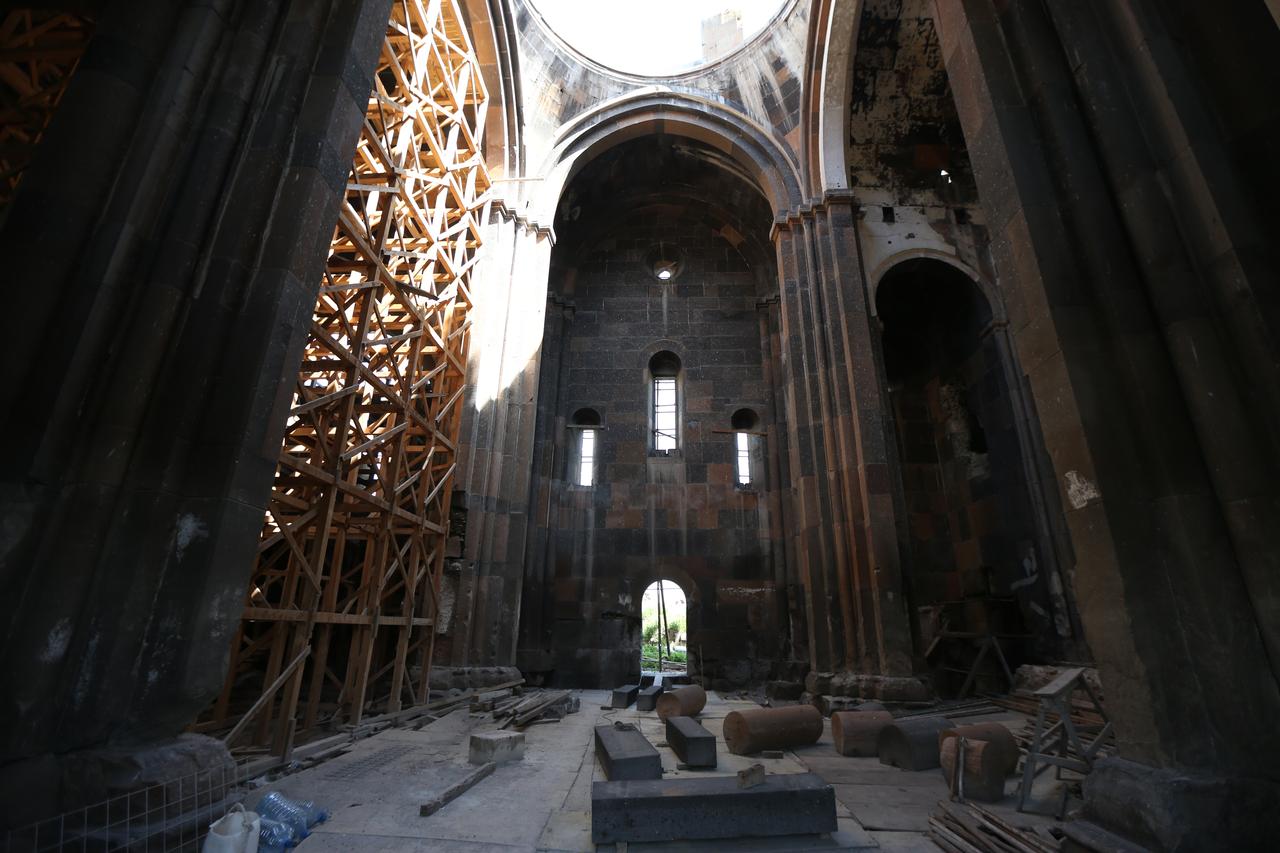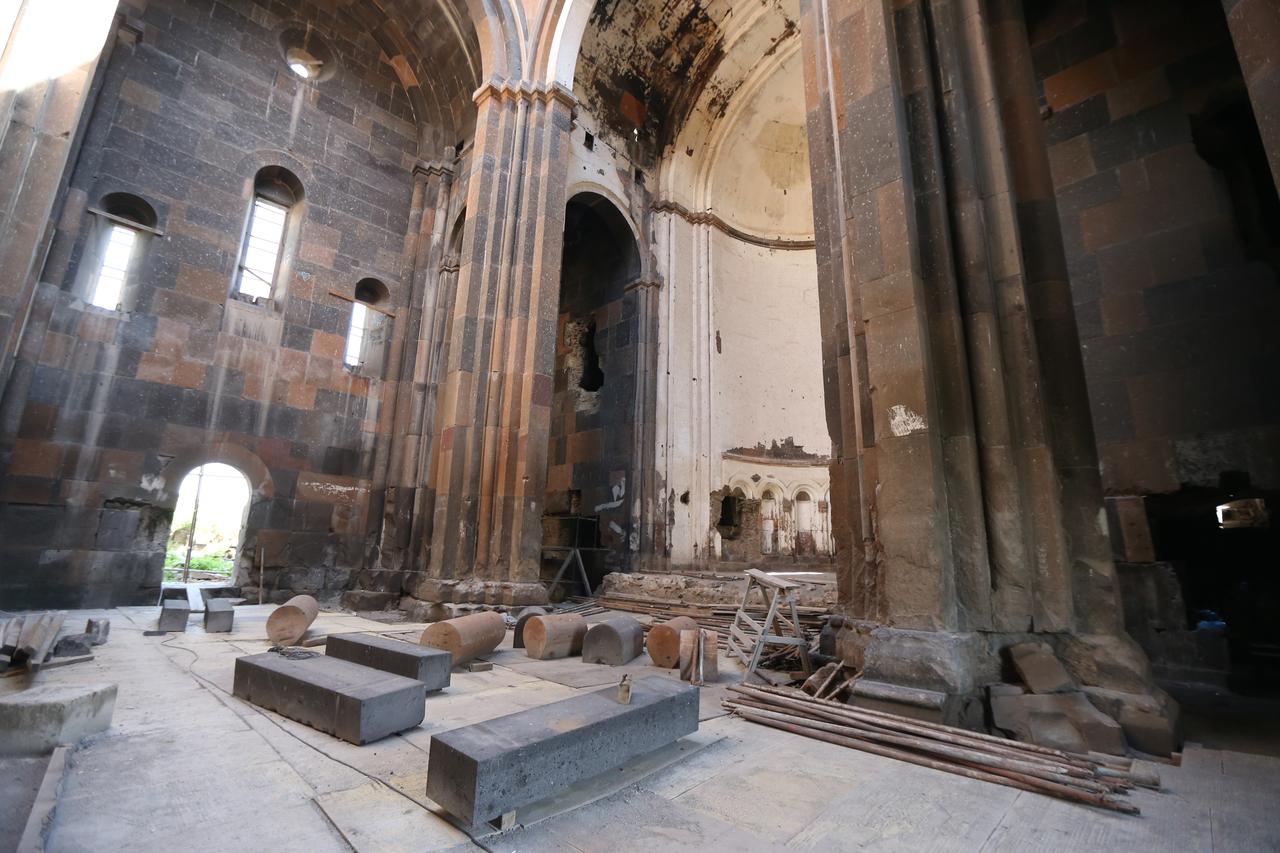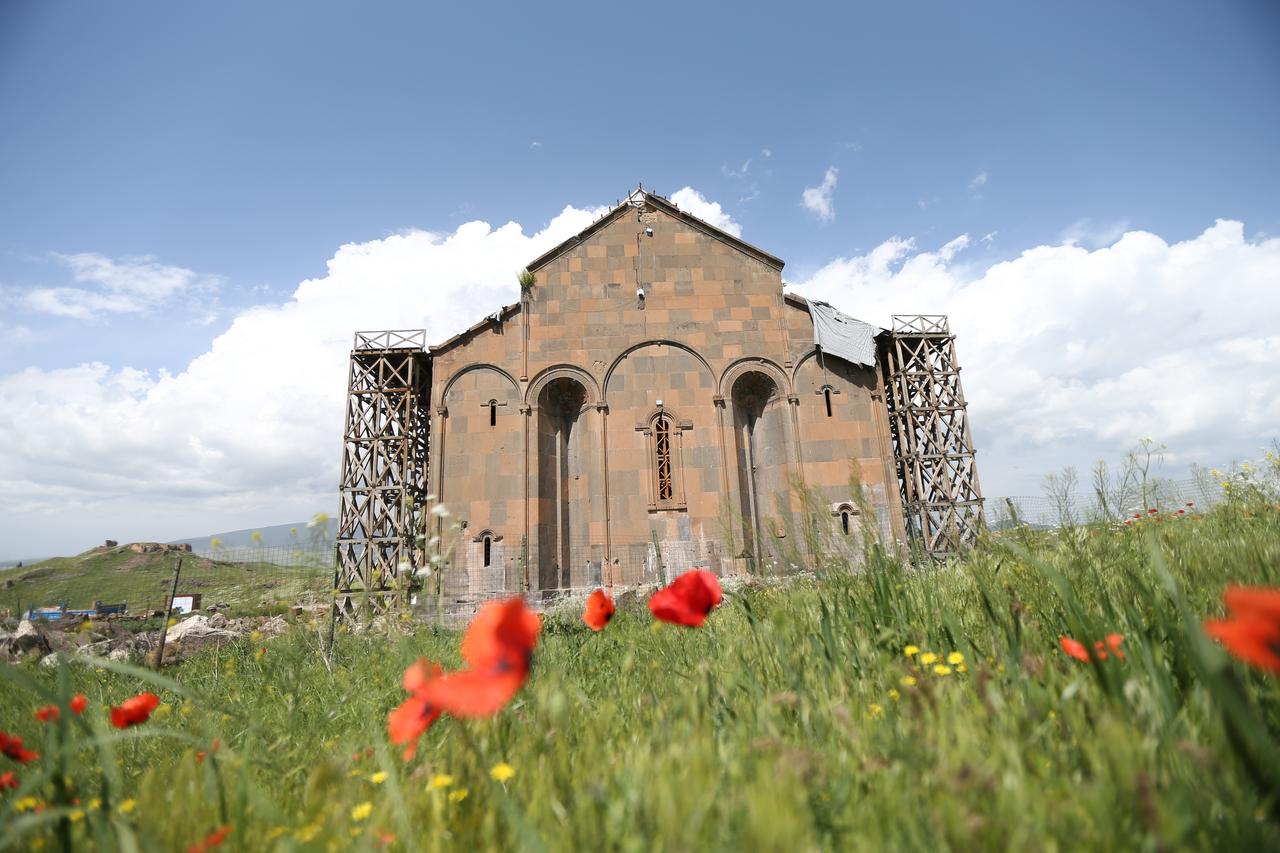
A wave of false claims about the restoration of a historic Armenian cathedral in Türkiye has spread across social media platforms, demonstrating how misinformation can manipulate public perception of cultural heritage preservation efforts and inflame tensions between communities.
The controversy centers on misleading posts by social media influencer Mario Nawfal, who told his followers that "Ankara plans to relaunch it as a mosque, sparking outrage over what critics call another attempt to erase Armenia's Christian heritage."
Nawfal's posts, which have been shared widely across multiple platforms, fundamentally misrepresent the nature of ongoing restoration work at the UNESCO World Heritage site of Ani.

Official Turkish reporting from the Anadolu Agency presents a starkly different picture of the restoration project. The site in question—the Armenian Cathedral of Ani, historically known as Fethiye Mosque since 1064—is undergoing careful preservation work as part of broader efforts to maintain the UNESCO-listed archaeological site.
The cathedral's history spans nearly a millennium of religious and cultural transformation. Originally constructed between 987 and 1010 under Armenian King Smbat II and completed by Queen Katramide, wife of King Gagik I, the structure represents one of the finest examples of medieval Armenian architecture.
The building was designed by architect Trdat, who gained fame for his later work repairing the dome of Hagia Sophia in Constantinople.
The structure's conversion to Islamic use occurred in 1064 when Seljuk Sultan Alp Arslan conquered Ani. Following Turkish conquest traditions, Alparslan immediately converted the city's largest church into a mosque, replacing the cross on its dome with a golden crescent he had brought specifically for this purpose.
The sultan held the first Friday prayer in the converted building, establishing it as what Turkish sources describe as Anatolia's first conquest mosque.
Dr. Muhammet Arslan, head of excavations at the Ani archaeological site, emphasized the historical significance of this conversion in comments to the Anadolu Agency. "Sultan Alparslan, immediately after the conquest, converted this cathedral, which was the largest church in Ani, into a mosque under Turkish conquest traditions," Arslan explained. "He removed the cross from the dome and replaced it with a golden crescent he had brought specially, and the first Friday prayer was performed here."

The current restoration work represents a collaboration between Türkiye's Ministry of Culture and Tourism and the World Monuments Fund, focusing on structural preservation rather than religious conversion. The project is proceeding in three planned phases, with the second phase expected to be completed this year. Upon completion of the third phase, the structure will be reopened to visitors as part of the broader Ani archaeological site.
The Ani site, spanning approximately 100 hectares, achieved UNESCO World Heritage status through a careful process beginning in 2012 when it was added to the Tentative World Heritage List, followed by full registration as a Cultural Heritage site in 2016.
The site contains structures from various historical periods, including the Ebu'l Menucehr Mosque (considered the first Turkish mosque built in Anatolia), Seljuk cemeteries and mausoleums, and numerous Christian monuments, including the Church of the Redeemer, Church of Tigran Honents, and Church of Abughamrents.
Arslan noted that the Fethiye Mosque holds particular significance as one of only two true conquest mosques in Anatolia, the other being Hagia Sophia, which was converted to a mosque following Sultan Mehmet the Conqueror's capture of Istanbul in 1453.
"We are talking about a structure with special meaning and significance," Arslan said.

The false narrative appears to have originated from ZartonkMedia, which Nawfal cited as his source.
The original misinformation suggested that Türkiye was converting an active church into a mosque, when the reality is that the structure has functioned as a mosque for nearly a millennium and is being preserved as a historical monument within a UNESCO World Heritage site.
Nawfal's posts claimed that the renovation represented "another attempt to erase Armenia's Christian heritage," framing the preservation work as a contemporary assault on Armenian cultural identity.
These claims ignore both the structure's thousand-year history as a mosque and the broader context of UNESCO-supervised heritage preservation efforts that aim to maintain the site's multi-layered historical significance.